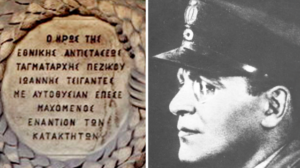One of the most mysterious cases during the Occupation is the actions and unjust death of a brave soldier, Ioannis Tsigantes – Svoronos. This case has all the elements that could easily make it a cinematic story: a sabotage group, abundant money, failed missions, betrayals, romantic entanglements, and a mysterious death. Let’s start from the beginning.
Ioannis Tsigantes – Svoronos (1897-1943) and his twin brother Christodoulos were born in Tulcea, Romania, in 1897. Their family originated from Cephalonia but settled in Romania. Ioannis Tsigantes participated in the Asia Minor Campaign. In 1933, he played a leading role in the establishment of the secret revolutionary “Greek Military Organization” (EMO). He was a key figure and actual leader despite holding a lower rank (Captain) compared to the three-member leadership committee of the 1935 Movement, which included retired Brigadier General K. Vlachos-Prassos, Colonel Stefanos Sarafis, and retired Captain A. Koli Alexis.
Tsigantes operated in the revolutionary center of the Evelpidon School where he served. However, on the night of March 2-3, 1935, believing the Movement had failed, he fled to Perama, where he was captured. He was detained, tried by the Extraordinary Military Court of Athens, and sentenced on March 31, 1935, to life imprisonment for high treason, with the penalty of military disgrace publicly carried out on April 2, 1935, at the Infantry Barracks (in today’s Freedom Park). He was initially imprisoned on Aegina, later released, and exiled to Kythera. He received a pardon with the restoration of the Monarchical Republic. However, his rank was not reinstated in 1940, unlike his brother, who was also involved in the pro-Venizelist Movement of 1935, and all others who had lost their rank and were now simple soldiers.

Tsigantes had the unfortunate privilege of witnessing the occupation of Athens by the Germans in April 1941, from the roof of his house on Zalokosta Street (as recounted by his wife, Chrysa, on a TV show hosted by Freddy Germanos). He then decided to escape to the Middle East. He attempted to flee through Turkey, like other colleagues, but was captured by the Turkish authorities, along with other Greek officers following the same route, and was imprisoned in a camp in Niğde. By the end of 1941, after British pressure, he was released, arriving in Aleppo and then Cairo.
The Assignment of a Secret Mission to Tsigantes by Panagiotis Kanellopoulos
The year 1942 was the Allies’ most challenging year, especially after Rommel’s initial successes in Africa (up to the Battle of El Alamein). Greece was a significant hub for the Nazis’ supply lines to North Africa. The capture of Tobruk on June 21, 1942, was crucial. Henry Harwood, commander of the British Mediterranean Fleet, wrote to Panagiotis Kanellopoulos, the Greek Minister of War, to arrange for a group of Greek saboteurs to be sent to occupied Greece. Kanellopoulos had friendly relations with resistance figures in Greece, such as Epaminondas Tsello, leader of the illegal organization “Prometheus.” At that time, there were royalist Greek officers in the Middle East, as well as Metaxists, Venizelists, and gradually supporters of the EAM. Kanellopoulos decided to assign the leadership of the soon-to-be-formed sabotage group to the active and daring Ioannis Tsigantes. Additionally, he tasked him with coordinating all resistance organizations in Greece as a representative of the exiled government from a command center that would take orders directly from the Cairo government.
Since assigning the mission to Tsigantes would cause many reactions, Kanellopoulos issued a false order, transferring him as a military attaché to Tehran. Tsigantes’s team included: Infantry Captain Panagiotis Rogakos, Reserve Second Lieutenant Vasileios Zakynthinos (codename Mickey), Reserve Second Lieutenant Fotios Manolopoulos, Infantry Corporal Dimitris Giftingopoulos, Reserve Corporal Spyros Kotsis (who was also a police officer), and wireless operators Konstantinos Roussos and Ioannis Moraitis. They were joined by a civilian, Miltiadis Giannakopoulos (codename Aristides), a representative of the British secret service M04. His role was controversial, and Tsigantes dismissed him. According to a testimony, Giannakopoulos was later arrested by the British as a fraud and deported to the interior of Africa. Christos Zalokostas writes: “One of them, the leftist ‘Aristides,’ was described by Tsigantes as a fraud and was ordered to be executed.” Later, Reserve Second Lieutenant Afdentarios Maraslis and wireless operators Matthaios Andronikos and Theodoros Liakos were added to the initial group. G. Ioannidis further adds to the mission’s members Christoforos Geitzidis (Corporal), Corporal Georgios Kalogeropoulos, and airmen Georgios Hamberis and Alexandros Gardelis. After Tsigantes’s persistent request, Kanellopoulos provided him with a written certificate stating that he was a representative of the Ministry of War. Tsigantes believed this would facilitate his acceptance by skeptical interlocutors in Athens.
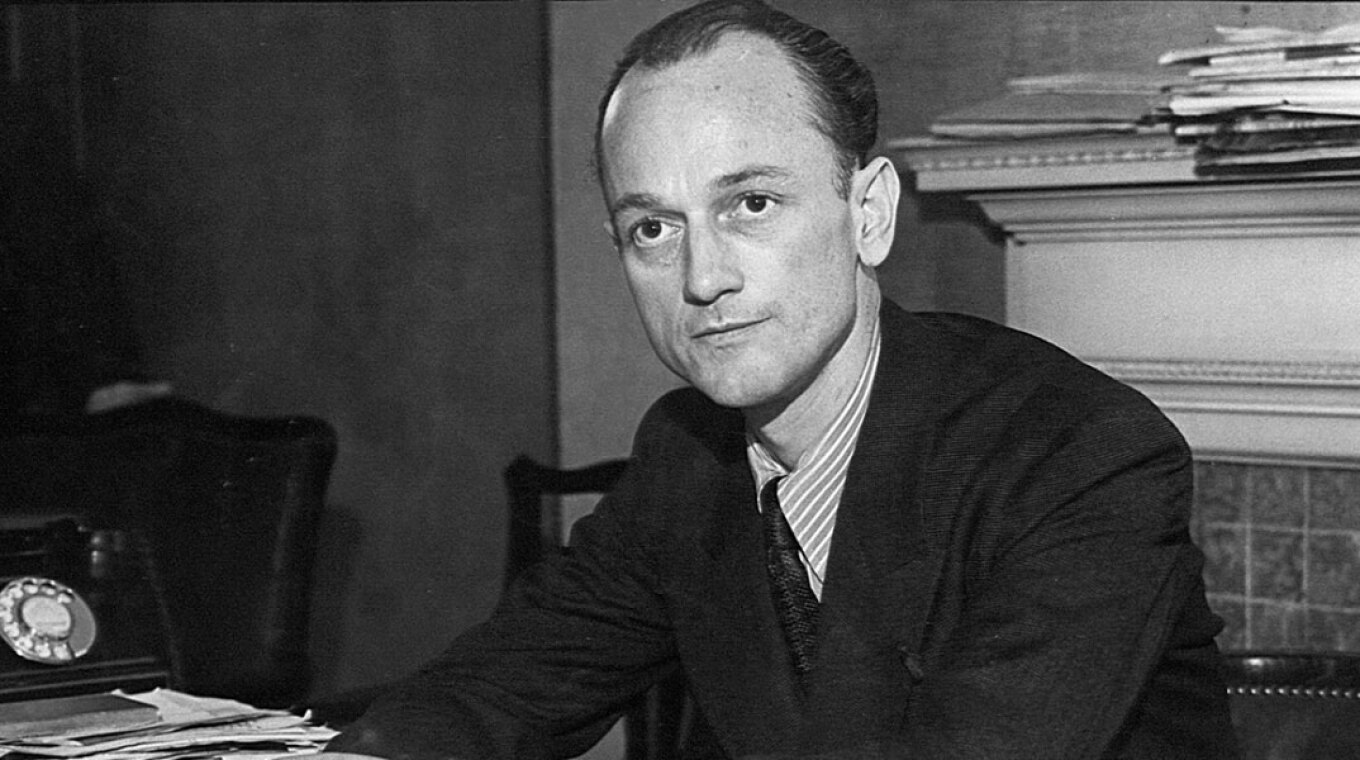
Unfortunately, Tsigantes’ mission, codenamed Thurgoland, began under the worst omens. It was obvious that the mission needed to remain secret, and the “candidate” saboteurs were expected to keep their mouths shut. They were also to meet only once before boarding the submarine that would take them to Greece. However, this did not happen… After their last meeting with Kanellopoulos, the members of the mission, having been provided with fake police IDs and clothes labeled as coming from Athenian stores, boarded a train to Haifa.
There, they were trained in the use of explosives, marksmanship, surveillance, rowing, and the use of landing craft, as well as Japanese wrestling and basic Italian and German language skills, among others.
However, things did not develop as they should have. Members of Tsigantes’ team began to speak publicly about their mission to Greece. His brother, Christodoulos Tsigantes, a hero of the Sacred Band, tried in vain to convince those who informed him about it that he would go to Tehran. In fact, one of the team members was gathering letters and money to send to the families of officers in Greece.
The mission had become known in Greek-British circles in the Middle East, as well as to Germans who had many spies in the area, including Arabs sympathetic to them. Christodoulos Tsigantes wrote in his book “The Truth about the Middle East”: “I saw Yiannis in Jerusalem… God knows what I said to him. I told him he was going to end up like a dog in the vineyard… I told him not to leave, since he didn’t know how to choose people, to cancel the mission because the Italians and Germans already knew he was going to Greece and would be waiting for him.
It was, of course, difficult to cancel the mission at the last moment, as they would think he was scared” (Ch. Tsigantes, “The Truth about the Middle East”, p. 157). However, Ioannis Tsigantes himself, being daring by nature, knew what was about to happen. In one of his meetings with P. Kanellopoulos, he said, “Either I will accomplish the mission’s goal, or I will be killed” (P. Kanellopoulos, “Occupation Diary”, p. 442, entry of May 8, 1943). When he met the political writer Christos Zalokostas (1894-1975) in Athens in December 1942, he said that the chances of his team returning alive to the Middle East were only 5% (Ch. Zalokostas, “Chronicle of Slavery”, p. 70).
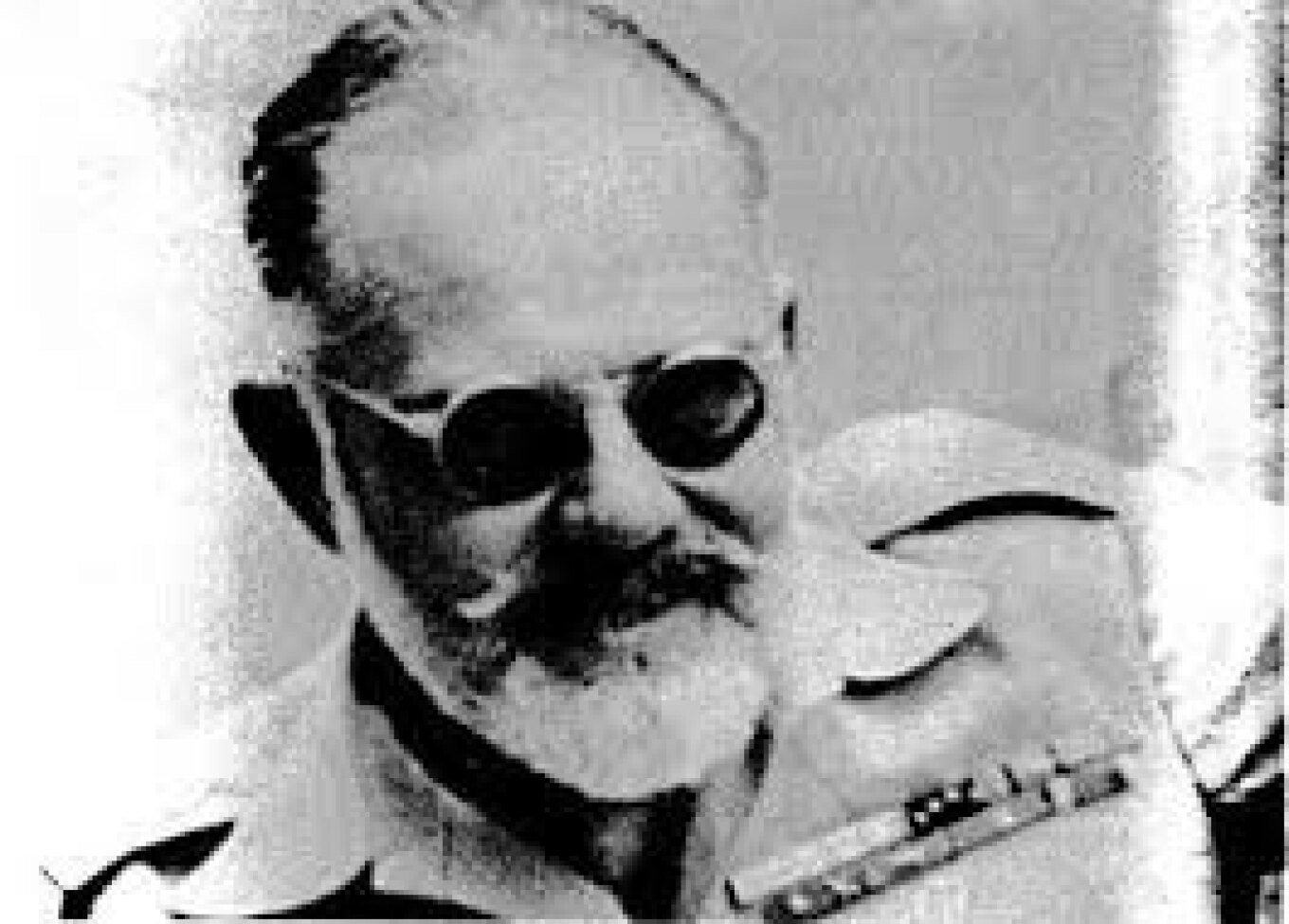
Their departure for Greece took place on the night of July 24, 1942, from Beirut aboard the British submarine HMS Proteus. The main military objectives of Tsigantes’ team were to “block” the Corinth Canal so that Axis ships resupplying the Africa Korps would have to navigate around Cape Tainaro, making them easier targets for Allied submarines; to blow up the Karion bridge north of Lamia to disrupt Rommel’s supply lines; to promptly inform the British High Command about the departure of enemy convoys; to carry out sabotage operations; and to create strong guerrilla groups that would keep Axis forces tied down in Greece.
The primary political goal of Tsigantes’ mission was to establish a unified National Resistance Council. To this end, Tsigantes carried with him 12,000 (some say 12,250) gold pounds, radios, and explosives weighing 1.5-2 tons! The amount carried by Tsigantes and his companions was incredibly large for that time. Solon Grigoriadis writes: “With such a pile of gold pounds, one could do a lot in occupied Greece. They represented a colossal value, many times greater than their nominal value. But they became a source of misfortunes and adventures for Tsigantes’ mission.”
Tsigantes and His Team in Greece
After a seven-day journey, on August 2, 1942, Tsigantes and his men arrived in Greece. However, they did not disembark near Tolo, where their Greek collaborators were waiting for them, but at the cove of Kotrona in Mani, where their presence quickly became known to the enthusiastic locals. About two hours away from Kotrona, there was an Italian outpost whose men discovered the rubber boats used by the group for landing and began searching for its members. In Kotrona, Tsigantes found two small boats. With one of them, he and five members of his team disembarked at Perama, while the others went to Pasalimani. The first boat continued its course to the port of Piraeus, where Italian carabinieri arrested its captain. The cargo of pounds was safely transported, but the radios and explosives were thrown into the sea by the captain’s relatives, according to A. Zaousis (“The Two Banks, 1939-1945,” Part B, pp. 123-4), resulting in the Italians not finding them.
In Athens, Tsigantes began an intensive series of contacts with individuals he believed could assist the Resistance. Overall, he had meetings with at least 300(!) people, ranging from university professors to publisher Dimitris Lambrakis, while one of his associates contacted 37 individuals in a very short time! Nevertheless, most were particularly cautious regarding Tsigantes. Characteristic examples include his collaborator Kanellopoulos’ associate, Tsellos, with whom, despite the Military Minister’s urging to “reach an understanding,” Tsigantes came into conflict, and the so-called “Committee of the Six Colonels,” codenamed “Theros,” which consisted of Colonels who would play a significant role later: Thrasyvoulos Tsakalotos, Eustathios Liosis, Panagiotis Spiliotopoulos, Stylianos Kitrilakis, Nikolaos Philippidis, and Pausanias Katsotas (or according to another view, Lieutenant Colonel Konstantinos Dovas). All believed that Tsigantes’ mission was known to the occupation authorities and there was an immediate danger of arrest, while others viewed Tsigantes with suspicion due to his leadership role in the 1935 Movement.
It is noteworthy that even Tsigantes’ old associate, Colonel Stefanos Sarafis, considered him a “traitor” and agreed to collaborate with him only at the end of 1942, after mediation by their mutual friend and Tsigantes’ brother-in-law, Dimitris Psarros. The role of M. Giannakopoulos was also very suspicious, as he was giving instructions contrary to what Tsigantes wanted. As mentioned, Tsigantes dismissed him and even contemplated executing him.

The Organization of “Midas 614” – The Sabotages That Did Not Happen
Tsigantes decided to establish his own conspiratorial network, codenamed “Midas 614,” which referred to the treasure of 12,000 pounds that his mission had with them. In terms of recruitment, Tsigantes had notable successes, as he initiated significant figures into “Midas 614,” such as Metropolitan of Karystia, Pantoleon Fostinis, whose support led to the establishment of reception and resupply bases for submarines and small boats in a lush coastal area of the Metropolis in Southeast Evia.
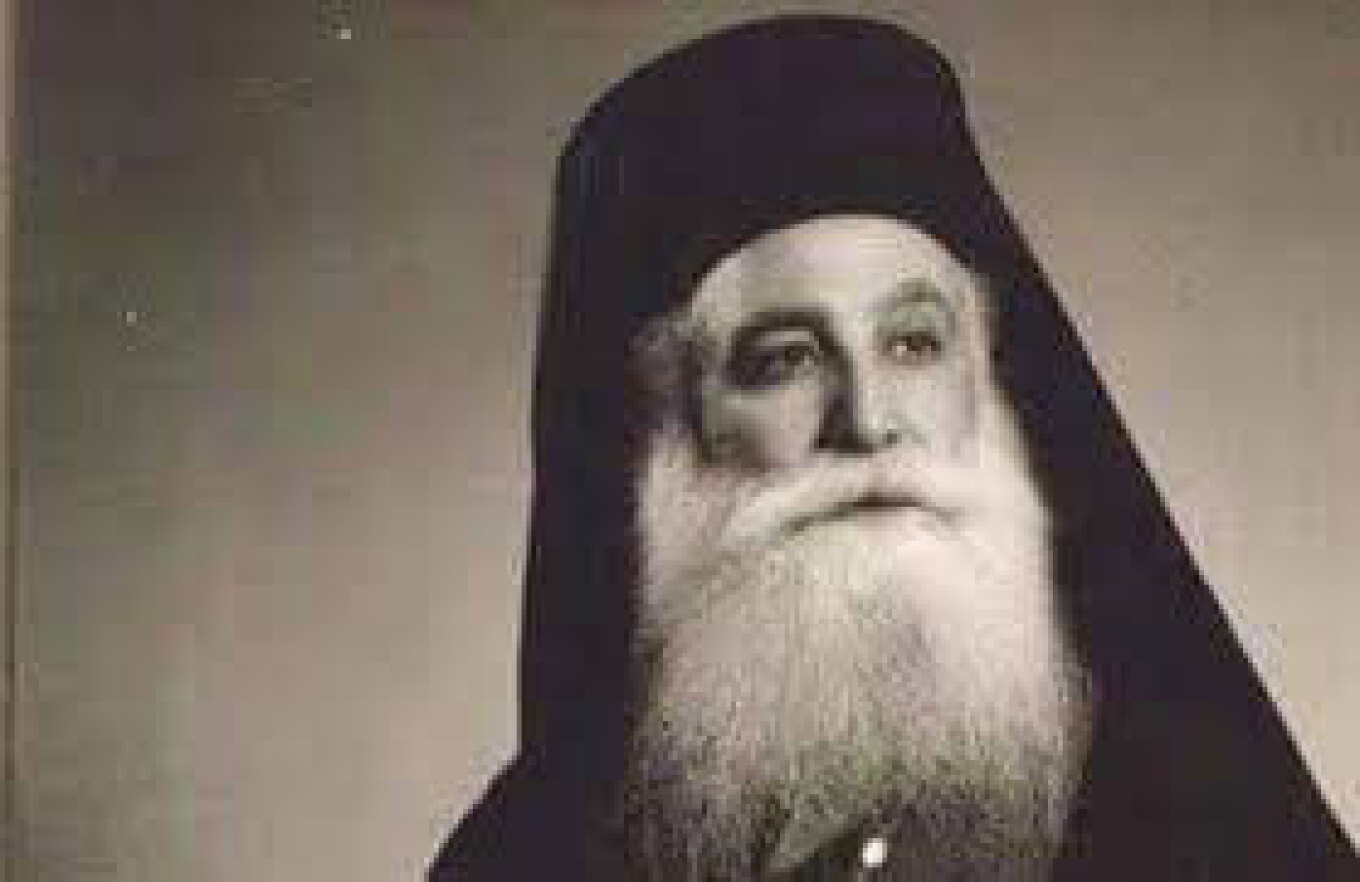
Other important members included Colonels Dimitrios Psarros and Spyros Malaspinas, while among the supporters of “Midas” was also the Chief of Police of Athens, Angelos Evert, who assigned the protection of Tsigantes to Sergeant Leonidas Paris, who, unbeknownst to Tsigantes, had been an informer and agent for the British secret organization SOE since 1940. According to military judge Kokoretsas, Paris was a fateful figure for Ioannis Tsigantes. In contrast, in the field of sabotage, Tsigantes and “Midas” failed spectacularly. The British prioritized the blockade of the Corinth Canal. Tsigantes assigned this mission to his collaborators V. Zakynthinos and D. Gyftopoulos.
In late November 1942, they went to Kalamaki in Corinthia, at the entrance of the canal from the Saronic Gulf, intending to attach magnetic explosives to the hull of a ship that would subsequently pass through the canal. However, the operation was canceled, and no one is certain why. According to one version, Zakynthinos and Gyftopoulos were not good swimmers and were waiting for someone else, whose identity is unknown, to go to Kalamaki, but this person never arrived. According to another version, the sabotage was postponed following an intervention by the British Admiralty, which was waiting to receive other, presumably stronger, explosives.
In a report he undertook to compile in December 1945 (submitted in the summer of 1946), Brigadier General of Military Justice Ioannis Kokoretsas notes that Zakynthinos and Gyftopoulos, disregarding all conspiratorial rules, met Pagona Micha in Kalamaki and her “two flirtatious daughters.” Later, the two young women came to Athens to meet one of their lovers, “Micky” (referring to Zakynthinos). He took her to his apartment on Patission Street 86 (where Tsigantes would later be killed), although this was a safe house for “Midas.” Kokoretsas continues, stating that Micha had obtained permission from the Italians for a canteen at the Isthmus and had apparently become their agent.
In fact, in February 1943, her two daughters, accompanied by Italian carabinieri, came to Athens from Kalamaki to betray any members of “Midas” they knew. In contrast, Tsigantes’ associate, D. Gyftopoulos, in his book “Secret Missions in Occupied Greece,” pp. 210-218, emphasizes that Pagona Micha collaborated with them on the recommendations of Colonel Angelidis.
Both she and her daughters, Penelope and Helen, “inspired by a high patriotic spirit, stood by us during the days we were in the Isthmus area,” and that “her love for the homeland prompted her to involve both her daughters in the struggle against the occupiers.”
As for the sabotage of the railway bridge at Karyes in Lamia, it never took place because, due to miscommunication, the bridge at Gorgopotamos was blown up first (25/11/1942), which had the same purpose.
What Tsigantes succeeded in was organizing a general strike in Athens. He made contact, through his collaborator Major Kladakis, with EAM, which controlled the workers’ union organization (EEAM). Tsigantes supported the strike that began on September 7, 1942, and lasted for a week, using some gold pounds. The strike gained significant momentum, despite the occupying forces executing two workers as an example. Gradually, Tsigantes found himself in opposition to EAM because, according to City Secretary Dimitris Benetatos, he was trying to win over not only democrats but also royalists, despite the fact that EAM opposed the return of George II. The prominent Hagen Fleischer writes that Tsigantes, “addressing Cairo,” characterized EAM as “purely and essentially a communist organization” preparing for a coup similar to that of “Béla Kun” (note: a Hungarian politician who established a short-lived communist regime in 1919).
Whatever Tsigantes reported about EAM was immediately learned by its members, either through Zakynthinos, who showed pro-EAM tendencies upon his return to the Middle East, or through SOE.
The most significant action by Tsigantes was the creation of a “Coordinating Committee for the National Struggle,” as he called it. It was more widely known as the “National Council.” The late Dimosthenis Koukunas believed this was an initiative by Tsigantes that occurred without the knowledge of the Tsouderos government. Unfortunately, the “National Council,” which might have played a crucial role in the National Resistance, was not realized because the first meeting of its members was scheduled for January 15, 1943. Unfortunately, Tsigantes was killed the day before… For the record, the “National Council” was to include: Archbishop Damaskinos as President, and members such as: Georgios Papandreou, Alexandros Mylonas, Konstantinos Tsatsos, Stefanos Stefanopoulos, and Alexandros Svolos, who later resigned due to his pro-EAM preferences.

The Life of Tsigantes in Athens – The Continuous Betrayals
Although Tsigantes himself followed conspiratorial rules by changing his residence every night, his young associates flaunted the gold pounds they possessed, something that P. Kanellopoulos noted. This, of course, was learned by the Germans and Italians, scandalized public opinion, and several adventurers approached the members of “Midas.” Tsigantes was fond of the fairer sex, and taking advantage of his wife’s absence in Cairo, he had a relationship with Swiss national Malou Bertrand. In fact, he spent the last night before his death at her home on Alopke Street in Kolonaki. Beyond that, Tsigantes engaged in other reckless actions. H. Zalogostas recounts a related incident, writing that he told him, “You’re overdoing it, Giannis. I heard you played cards at Christmas with thirty Athenians. If I heard it, do you think the cunning Italians didn’t?”.
In Kokoretsas’ report, it is mentioned that one night during the Christmas period of 1942, Tsigantes organized an all-night ball at a house on Kodratos Street 12, which he had done on other occasions as well, complete with lamb roasting and featuring choreographer Grimanis and dancers who had been specifically hired for that night. Tsigantes frequently changed hideouts. At one of them, located at 14 Metaxa Street (owned by journalist Em. Reppas and his wife), he reportedly gathered at least 100 people, according to Spyros Kotsis! On January 12, 1943, he met with Konstantinos Tsatsos at a brothel (!) behind the “Peroke” theater. However, there was always some mysterious informant notifying the occupiers of Tsigantes’ movements. At least three times, he narrowly escaped capture.
The Death of Tsigantes
The safest refuge for everyone was the underground apartment at 86 Patission Street, owned by engineer Kyriakidis, who had been evacuated to the Middle East. Tsigantes visited there every Tuesday. However, modifying his schedule, he decided to go there on Thursday, January 14, 1943. He was accompanied by Leonidas Parisis. When they arrived at the apartment at 8 a.m., they realized that someone had slept there the previous night. This person was “Micky” (Zakynthinos), the only one who knew of its existence. Parisis left for a while, and when he returned, he found Tsigantes discussing with his sister-in-law, the wife of D. Psarros (10:30 a.m.). At 10:45 a.m., Parisis left. Shortly thereafter, Tsigantes was visited by his associates Malaspinas and Zakynthinos. As Zakynthinos left at 1:05 p.m., he saw that the entrance to the building had been surrounded by Italians. There were 5-8 gendarmes led by Corporal Folini. At 11:30 a.m., a woman had called the Italian Counterintelligence Service and indicated that they should send men to 86 Patission Street to capture a British officer from the Intelligence Service.
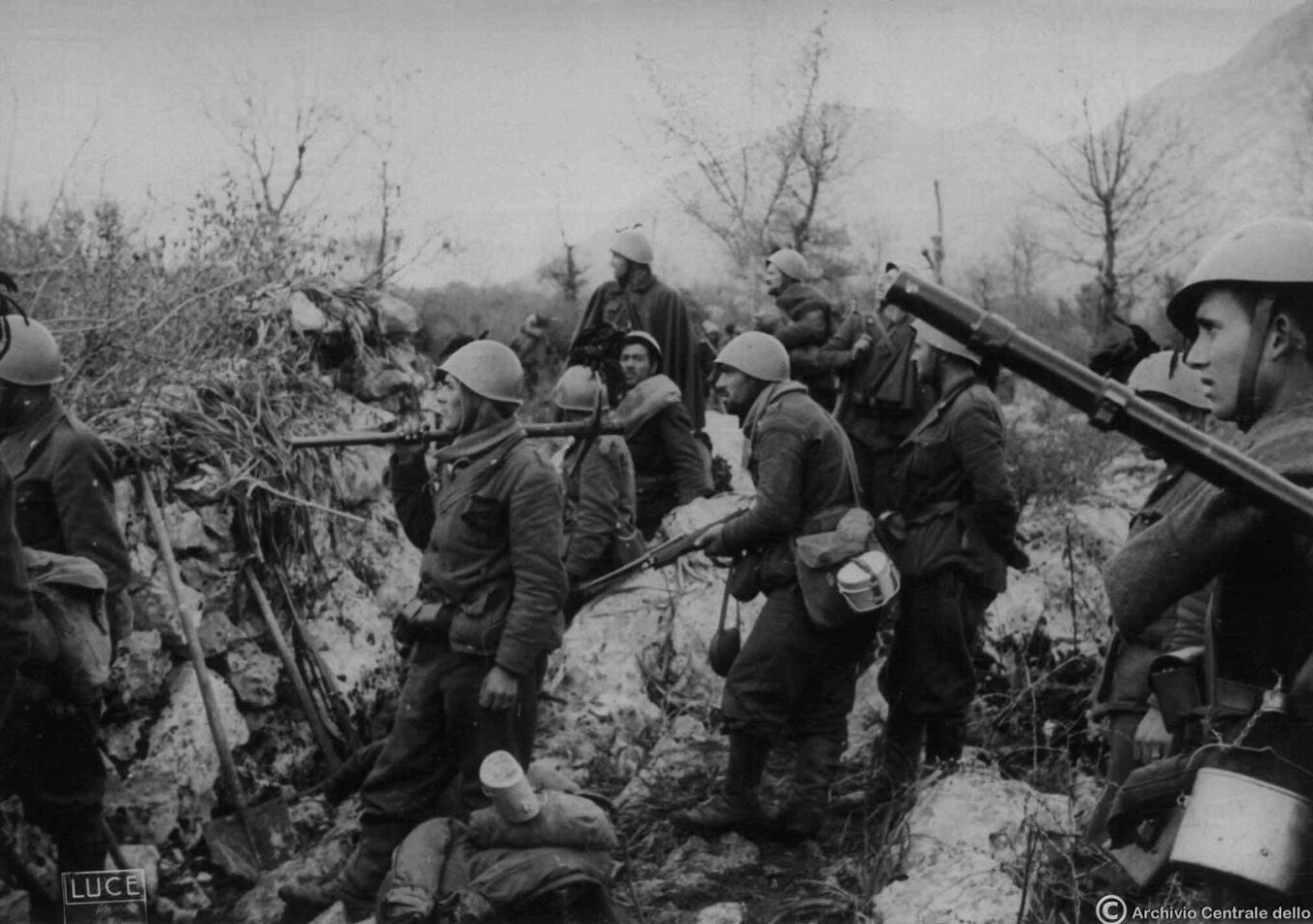
Zakinthinos quickly ran to the apartment and informed Tsigantes, who urged his two associates to escape through the spiral service staircase, which, however, had been blocked by the Italians. Ultimately, Malaspinas was allowed to leave, while the monitored Zakynthinos became a firsthand witness to his leader’s death.
Tsigantes had begun to destroy and burn documents belonging to “Midas.” When the Italians knocked on the door of the apartment, Tsigantes, who spoke fluent Italian, showed them a fake identity that read “Deputy Constable Antoniadis.” The Italians began to leave, but Tsigantes made a fatal mistake. He left the apartment door half-open, and smoke began to billow from the documents he was burning. The Italians returned and trapped Tsigantes in the apartment.
The left-handed hero pulled out a small revolver and shot one carabiniere, but another shot him in the stomach. Tsigantes fired two more shots (according to one account, he killed another Italian) before receiving the fatal shot to the head. Zakynthinos, pretending to escort a wounded Italian, managed to escape.
The death of Tsigantes
Angel Evert presumably learned about the events and convinced the Italians to allow the Police to take charge of Tsigantes’ burial, simultaneously revealing his true identity. This took place the next day at the First Cemetery. Ioannis Tsigantes was posthumously promoted a month later by the exiled Greek government to the rank of Lieutenant Colonel.
The Extermination of “Midas” Members
Tsigantes’ death effectively marked the end of the activities of “Midas 614.” Within a month and a half, all three of his wireless operators were killed. On March 18, 1943, Theodoros Liakos was arrested at a house on Piraeus Street. He was sentenced to death and executed on May 20. On March 30, Kostas Roussos was located in his hideout in Nea Smyrni.
He preferred to die fighting rather than surrender. The next day, Andronikos Matthaios unsuspectingly went to replace Roussos in the same house. He was arrested, sentenced to death, and executed alongside Liakos. Although Tsigantes’ associates began squabbling over his succession, “Midas 614” had died with its founder.
Who was the woman who betrayed Tsigantes?
Many have written about the identity of the woman who fatally betrayed Tsigantes by revealing his hideout. Many also wanted Tsigantes dead. Envy over his display of wealth, his tumultuous love life that incited rivalries, and his political neutralization are three potential reasons for the betrayal. The EAM had programmed against Tsigantes: “(Tsigantes) spent abundant money to organize groups with different political content than that of EAM.
Our organizations… did not hesitate to pay him as they should. At the moment an execution squad of fighters was going to punish this national traitor, they found carabinieri at his house who had killed him in a scuffle.” P. Kanellopoulos states, correctly, that only people chosen by Tsigantes himself or selected by the British knew of his secret hideout on Patission Street. Did the British become annoyed by Tsigantes’ initiative to establish a “National Council”? Answers to all these questions, along with the conclusion of military judge Kokoretsas—which was halted after Kanellopoulos’s order “for allied reasons”—and the whereabouts of the 4,600 gold pounds for which no receipts were found, will soon be explored in our next article.
Ask me anything
Explore related questions
